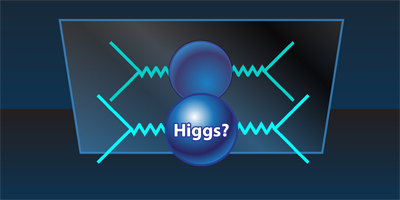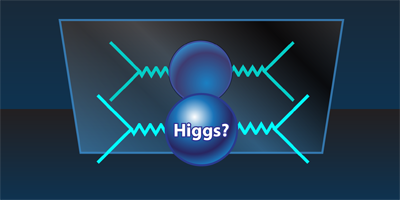Higgs-like Particle in a Mirror
Physicists have been searching for the Higgs boson for nearly years. In July 2012, two collaborations at the Large Hadron Collider at CERN announced the discovery of a new particle that meets the general expectations for a Higgs boson. But is this particle the final piece of the standard model, or something more exotic?
One important test is the parity of the particle: how its mirror image behaves. In a mirror, even-parity particles look the same, whereas odd-parity particles appear reversed. The standard model Higgs boson is a scalar, a spin- even-parity particle. But there are many models that include a spin- odd-parity particle known as a pseudoscalar.
For the first time, the CMS Collaboration at the LHC has placed constraints on this possibility. They study decays of the new particle to a pair of bosons, each of which, in turn, decays to a pair of leptons. They analyze the angular distribution of the leptons under the assumption that the new particle is spin , and find that the odd-parity pseudoscalar scenario is disfavored, having an effective statistical value of only . So all the evidence thus far is consistent with the new particle being the standard model Higgs boson. – Robert Garisto





